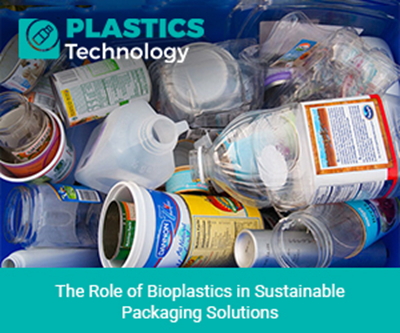Oyster shells: the new revolutionary pillars to flame retardant compounds

Polypropylene (PP) thermoplastic composites based on renewable oyster shell fillers have been flame-retarded using "commercially viable" Exolit AP non-halogenated flame retardants supplied by Clariant (Muttenz, Switzerland). The compounds were developed by Eurostar Engineering Plastics (Fosses, France).
Research led by the Unité Matériaux et Transformations (UMET) at the University of Lille in France has shown that it is possible to achieve effective flame retardance for oyster shell reinforced PP composites using Clariant's Exolit AP non-halogenated flame retardants. Results indicated a significant increase in the thermal stability of the PP compound with phosphate-based Exolit AP760 added to the high performance compound.
The oyster shell filler in the compound is ground to particle size of 30 or 160 microns. Both compounds have a loading of 30% and exhibit specific gravity of 1.13, which is similar to conventional PP compounds filled with either 30% calcium carbonate or 30% talc. Melt flow indices (8 or 8.8) and shrinkage (2.1-2.3% for both) are on a part with calcium carbonate-filled PP (8.6 and 2.4-2.6, respectively). Tensile strengths of 29+1 and 27+1 N/mm2 are also similar to that of calcium carbonate-filled PP (26+1 N/mm2). Heat distortion temperatures of 61+1°C and 64±3°C are also exhibited, compared to 60+2°C for calcium carbonate-filled PP and 70+1°C for talc-filled PP.
Eurostar Engineering Plastics is said to be at the forefront of the development and commercialization of halogen-free flame retardant compounds. The company has chosen oyster shells as a unique source of mineral filler that avoids the environmental disadvantages and high energy consumption of standard mining processes, and contributes to landfill reduction through recycling. Exolit AP reportedly adds to the improved environmental profile of the composite; it does not show toxic effects, and does not accumulate in the environment, since it is (bio-) degradable by breaking down to naturally occurring phosphate. The flame retardant can also be added at low dosage with a low impact on mechanical properties.
"The project results herald a breakthrough in the feasibility of using bio-based materials in high-end application areas, such as the automotive and building and construction industries, where effective flame retardancy is required," comments Professor Sophie Duquesne, who is leading the research group from UMET. "In addition to oyster shells we are also actively researching the viability of achieving flame retardance when vegetal fillers such as flax are used, to further extend possibilities for more environmentally-friendly materials in demanding environments."
http://www.plasticstoday.com/articles/oyster-shells-provide-reinforcement-non-halogenated-flame-retardant-compound-ABS-PP-140122a
http://faberadatch.wordpress.com/2011/04/20/still-looking-for-that-pearly-oyster/



